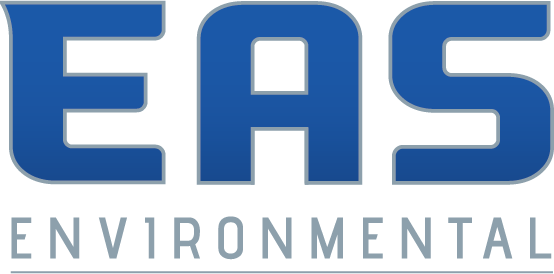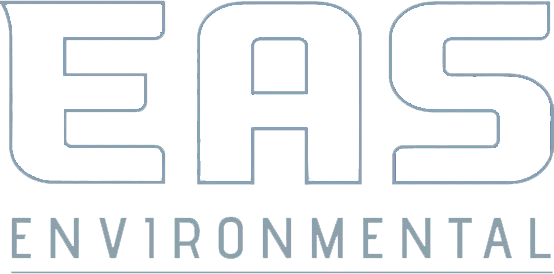
Crawl spaces often reside beneath our homes, hidden from sight, but they play a crucial role in maintaining the structural integrity of our properties. Unfortunately, these subterranean areas are also susceptible to water intrusion, which can lead to a host of problems if left unchecked. In this blog, we will explore the effectiveness of a pump for water removal as a solution to crawl space water problems, helping homeowners safeguard their homes from moisture-related issues.
Understanding Crawl Space Water Issues
Crawl space water issues can be a homeowner's nightmare, often due to their stealthy and concealed nature. Water problems in this often-neglected space can lead to a range of complications, including mold growth, wood rot, and structural damage. Identifying the root causes of these issues is the first step in effectively addressing them, making it essential for homeowners to understand the unique challenges of crawl space water problems and take proactive measures to mitigate them.
One common source of crawl space water issues is excessive humidity, especially in regions with high groundwater levels. Condensation, plumbing leaks, or poor drainage can also contribute to water accumulation. These problems are often exacerbated by inadequate ventilation, creating the perfect conditions for mold and wood decay to take hold. To address crawl space water issues, homeowners should consider comprehensive solutions like pump systems, encapsulation, and proper insulation to ensure a dry and healthy living environment.
Importance of Crawl Space Water Removal
Crawl space water removal is an essential part of home maintenance, often overlooked but with far-reaching consequences. When moisture infiltrates the crawl space, it can lead to structural decay, mold and mildew growth, and even health problems for those living in the home. Removing excess water from the crawl space not only prevents these issues but also contributes to a safer and healthier living environment, protecting your investment and your well-being.
Effective crawl space water removal methods, such as sump pumps or drainage systems, help to maintain a dry environment, eliminating the risk of water damage and structural deterioration. By prioritizing water removal, homeowners can avoid costly repairs and create a more comfortable and durable living space. It's a proactive measure that safeguards both your property's value and the health of those who call it home.
Choosing the Right Crawl Space Pump
Selecting the right crawl space pump is a crucial decision for homeowners looking to protect their property from water intrusion and moisture-related issues. To make the best choice, consider factors like the size and condition of your crawl space, the potential for water intrusion, and the technology offered by the pump. Additionally, take into account your specific needs, whether you're dealing with a chronically damp area or reside in a region prone to flooding.
The type of pump you choose, such as a sump pump or a sewage pump, should be well-suited to the demands of your crawl space. It's important to consult with professionals or review manufacturer guidelines to determine the best fit for your unique situation. Whether you're dealing with regular water issues or facing an emergency situation, having the right crawl space pump ensures efficient water removal, safeguarding your home from the damaging effects of moisture.
FAQs
Contact EAS Environmental Today!
EAS Environmental will do everything we can to ensure your experience with us is excellent.
Request A FREE Estimate
Request a Free Estimate Form
Checkout Recent Post

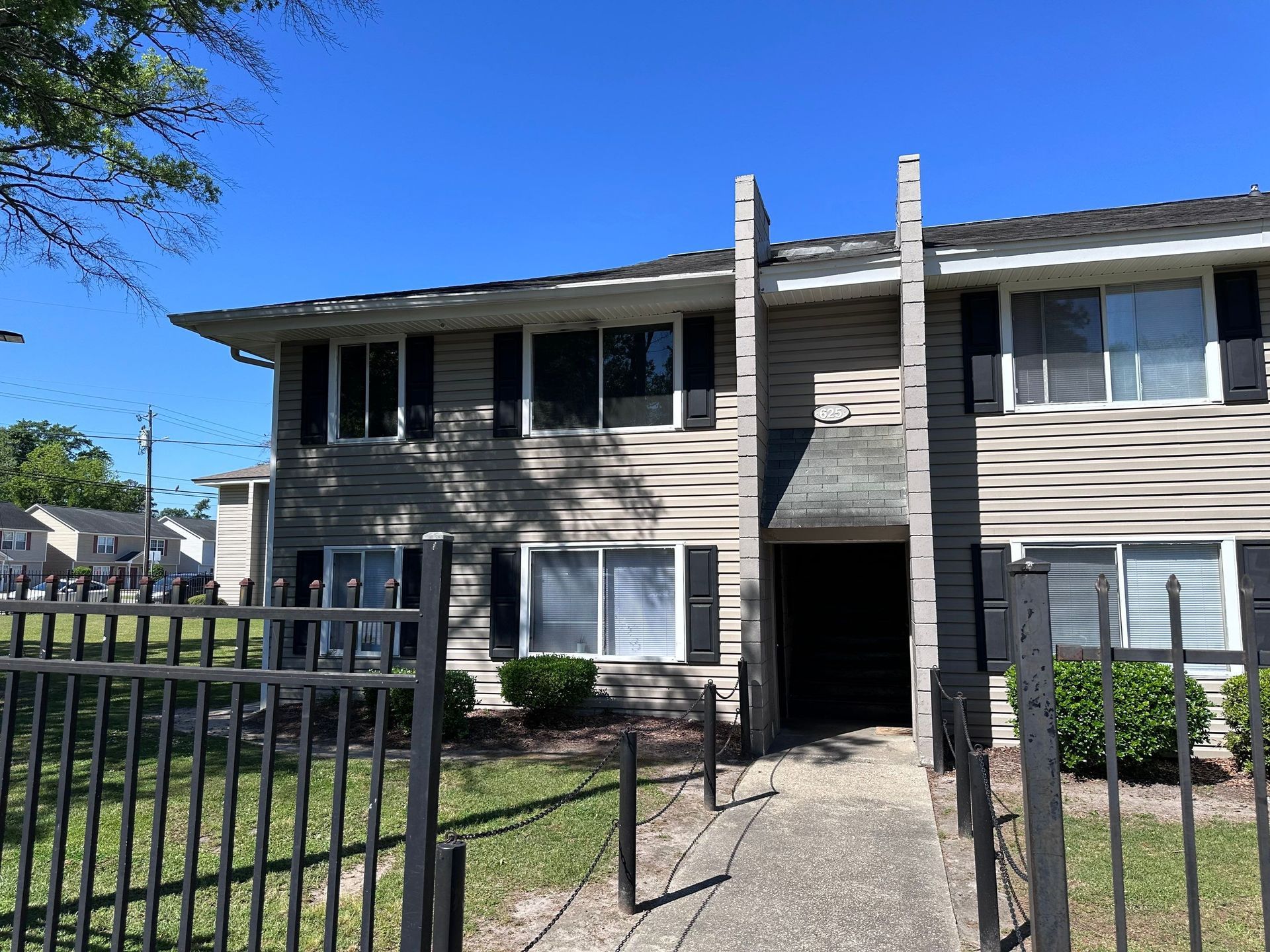
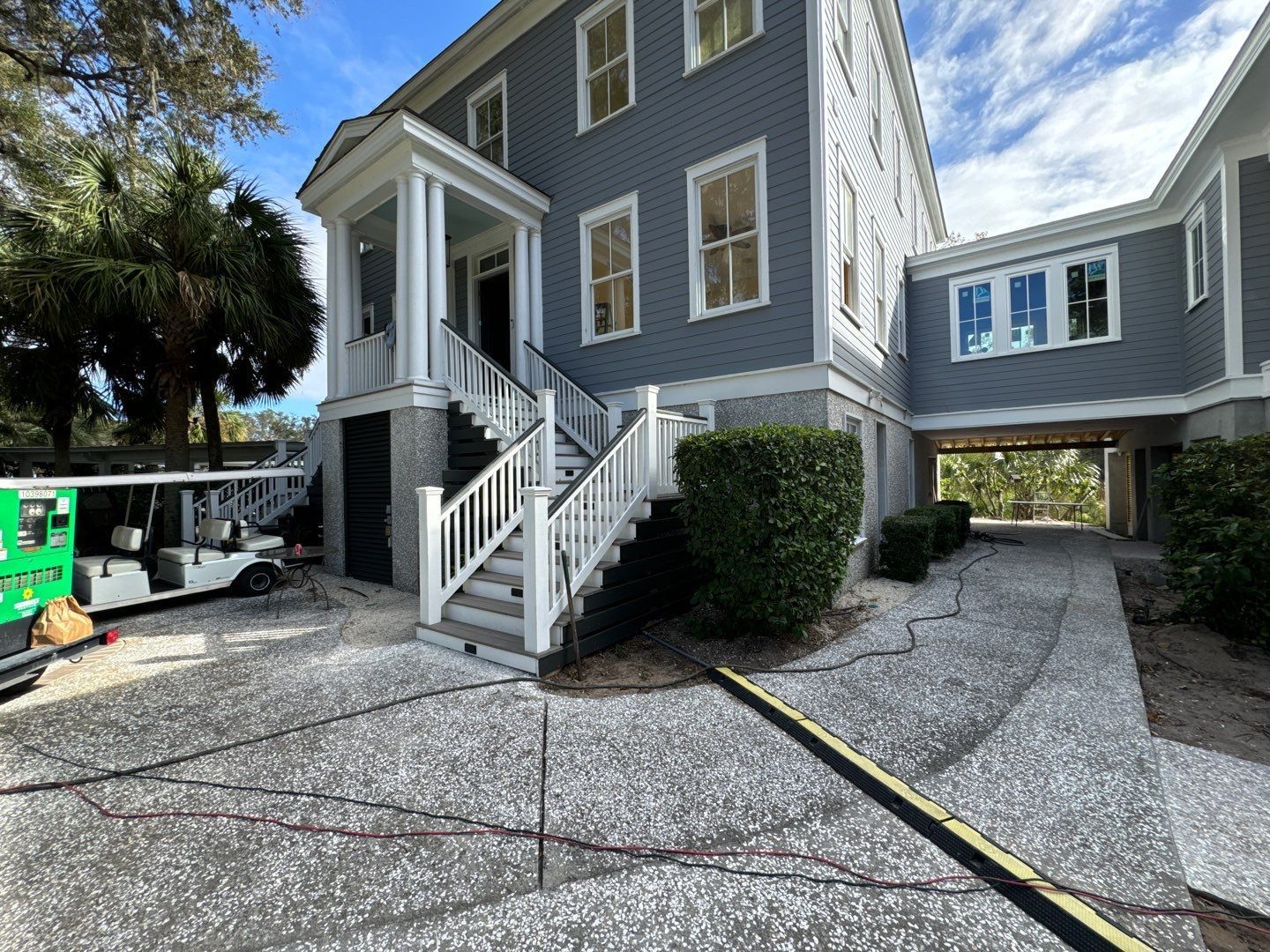
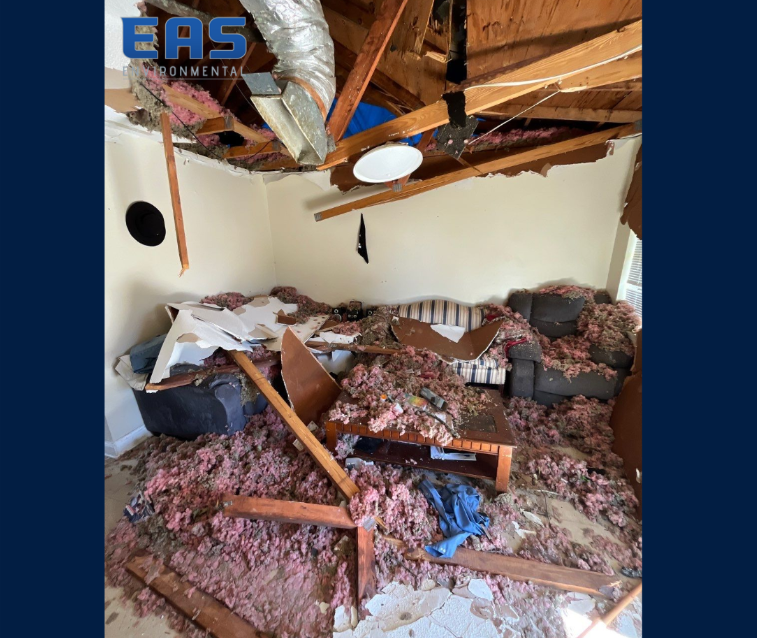
Got a Question? We’re Here to Help.
You can arrange an appointment or make an enquiry by phone or email, orget in touch to us via our contact form.
